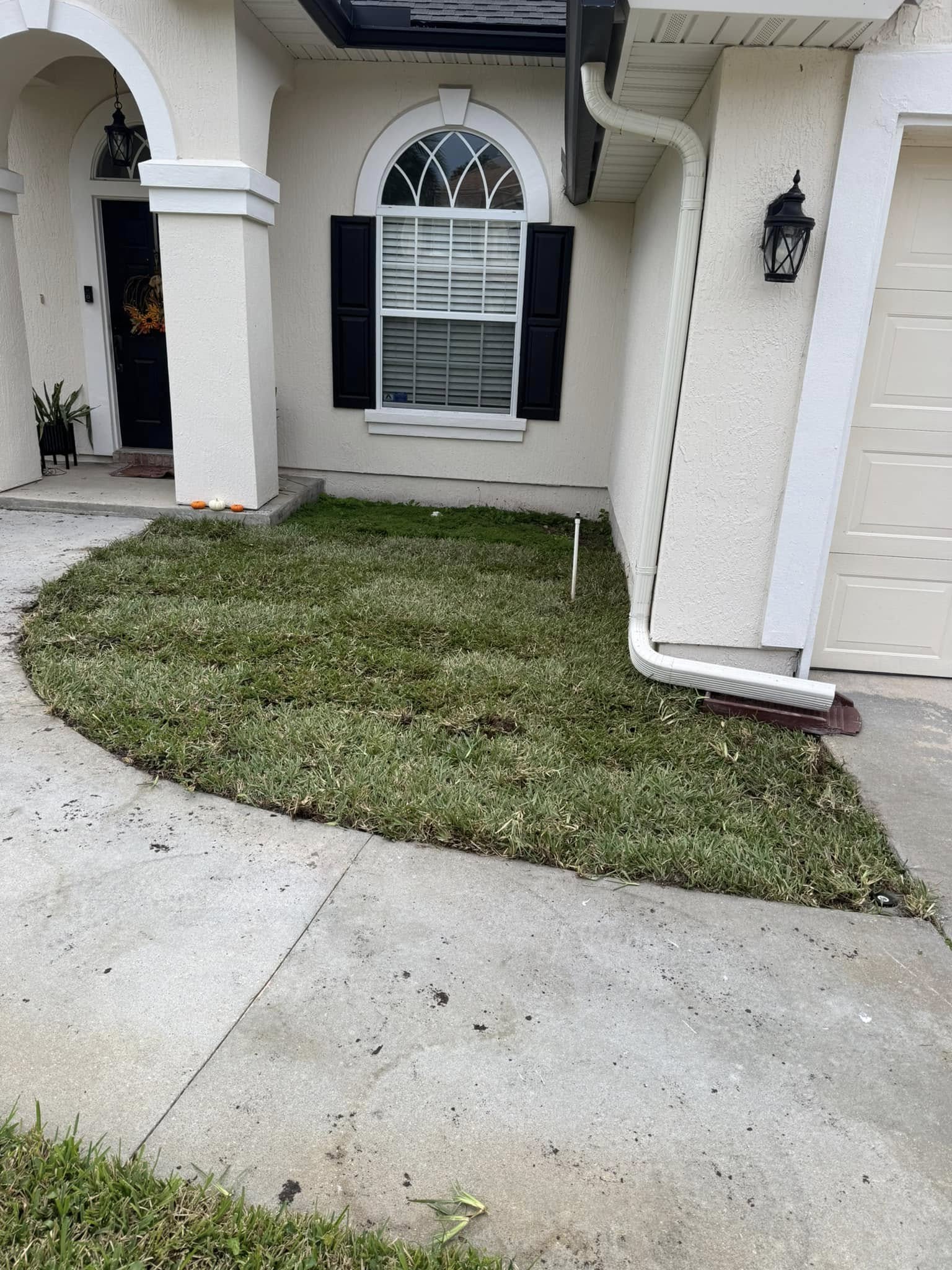
The Art of Choosing the Perfect Sod for a Lush, Green Lawn Oct 06, 2025
To start, it’s essential to consider the climate in which your lawn will grow. Different sod types are better suited to different climates, and selecting the inappropriate type can lead to struggles with maintenance and growth. For instance, warm-weather grasses like Bermuda or Zoysia thrive in southern regions, benefiting from the sun's intensity. Meanwhile, cool-season grasses such as Kentucky Bluegrass are better options for northern climates due to their ability to withstand colder temperatures and require less sun.
Another important factor in your decision should be the usage and wear the lawn will endure. If your yard is the setting for children's play or frequent entertaining, you’ll need a durable type of sod that can withstand heavy traffic. Bermuda grass, for example, is known for its robust nature and ability to recover quickly from wear, making it an excellent choice for busy, social lawns. Conversely, if your lawn is more decorative and will experience minimal foot traffic, you might opt for a fescue variety, which offers a lush appearance but can be less tolerant of games and activities.
Sunlight exposure is another key consideration. Most grasses require a significant amount of sunlight, approximately six to eight hours per day, to thrive. However, if your lawn is shaded by trees or buildings, you may need a sod that can cope with less light. Varieties such as St. Augustine grass are better equipped to grow in shaded areas, giving you a thick, green lawn even in challenging light conditions.
Soil type and preparation cannot be overlooked. Different grasses have varying soil requirements, and testing your soil can help determine the best sod for your lawn. High alkaline or acidic soils might necessitate soil amendments to create an optimal growing environment. Loamy soils are preferred for most grass types due to their balanced drainage and nutrient retention. Remember to prepare your soil thoroughly before laying sod to promote healthy root establishment. This preparation typically includes aeration, leveling, and possibly adding a layer of organic matter.
Finally, consider the long-term maintenance needs of the sod you choose. Some varieties require frequent mowing, higher water consumption, and regular fertilization. Preparing for these maintenance tasks by choosing a sod that fits your lifestyle and resources can save time and effort down the road.
In conclusion, choosing the right sod for your lawn involves careful consideration of your climate, usage needs, sunlight exposure, soil type, and maintenance capabilities. By taking the time to assess these factors, you can make an informed decision that will lead to a lush, green lawn that enhances your property's appeal and provides years of enjoyment. At Four Corners Sod, we are committed to helping you achieve the perfect yard, offering expert advice and high-quality sod varieties tailored to meet your specific requirements.
/filters:no_upscale()/filters:format(webp)/media/320e5d20-20ef-45af-9e9d-bd429c54632b.jpeg)
/filters:no_upscale()/filters:format(webp)/media/eb4d733b-9f7d-4f43-a3e9-252e5c8b3edb.jpeg)